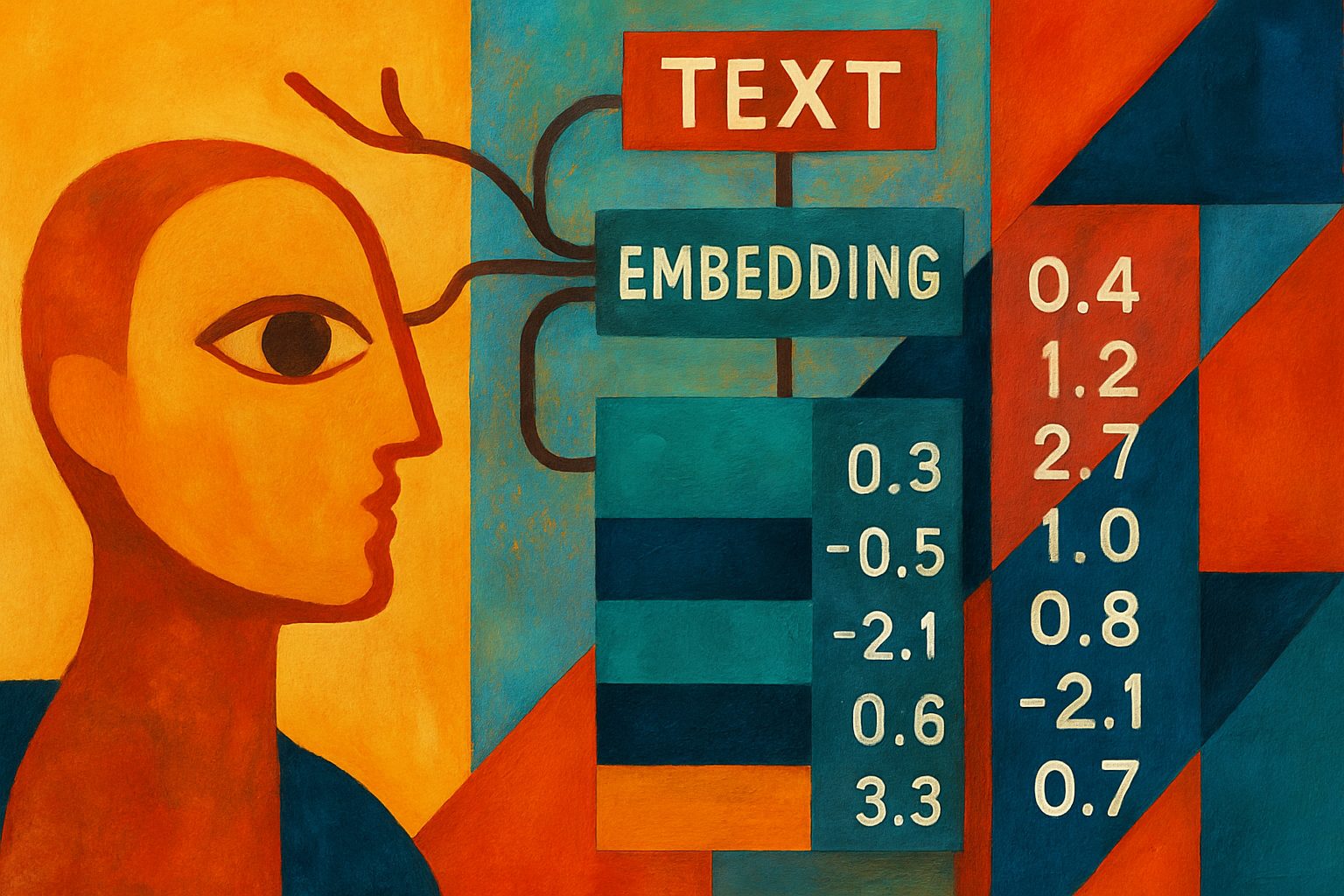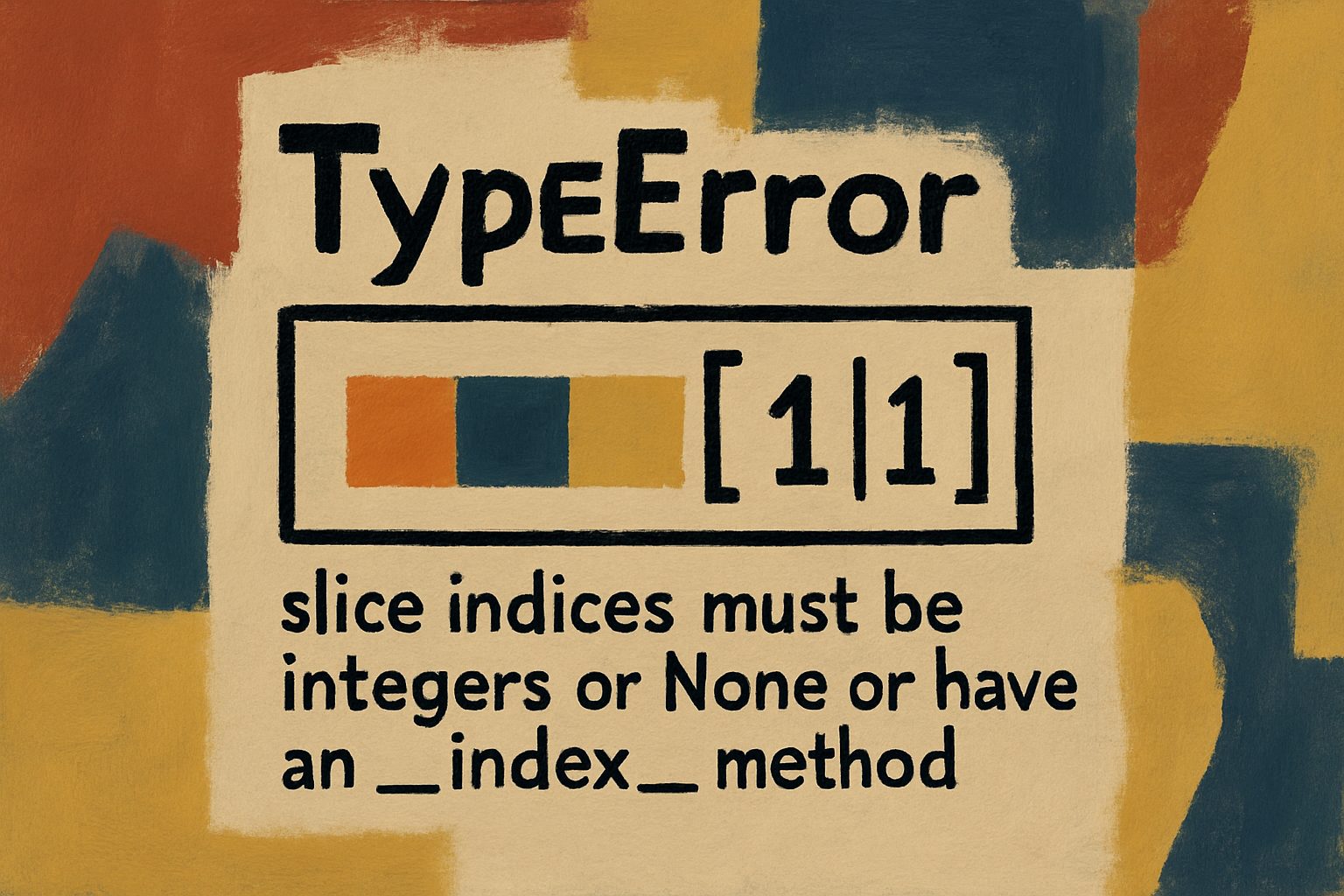
Unlocking the Power of Text: A Deep Dive into Embedding Models
Explore the fascinating world of embedding models and discover how they transform text into meaningful numerical representations. This article unpacks the various classes of embeddings, highlighting which models are best suited for different text types and the reasons behind these choices.
This comprehensive analysis explores Compare the various embedding models and explain their functions, as well as the different classes of embeddings available. Specifically, identify which embeddings are suitable for different types of text, illustrate this relationship, and elucidate the reasons behind it., based on extensive research and multiple data sources.
Below is a comprehensive research article that compares various embedding models, explains their functions, and details the different classes available. It also identifies which embeddings work best for particular types of text and explains why.
Thesis:
Embedding models translate textual data into numerical forms, each tailored for specific tasks and textual characteristics. By understanding both their functions and the classes into which they fall, we can choose the optimal embedding for a given NLP application—whether that is information retrieval, sentiment analysis, or semantic search.

1. Understanding Embeddings
“Embeddings represent high-dimensional data (such as text) as low-dimensional vectors, preserving semantic and syntactic relationships that machines can process effectively.”
— KDnuggets: Guide to Word Embeddings
Embeddings enable the conversion of complex, human-readable text into machine-readable numerical vectors. This transformation is foundational in modern natural language processing (NLP) and supports varied downstream tasks such as classification, translation, and semantic search.
2. Classes of Embedding Models
Embedding models can be categorized into several classes based on how they transform text and the context they capture:
A. Frequency-Based Embeddings
These methods rely on the statistical frequency of words within a document or corpus.
- TF-IDF (Term Frequency-Inverse Document Frequency):
- Function: Measures word importance by evaluating local frequency (TF) normalized by its frequency across a corpus (IDF).
- Use Case: Effective for information retrieval and keyword extraction but does not capture semantic similarities.
- Limitation: Lacks context sensitivity.
-
Example: Classic search engines use TF-IDF to weigh document relevance.
-
Co-occurrence Matrix Models:
- Function: Quantify how often words appear together, capturing broad relationships between terms.
- Use Case: Can serve for simple semantic analysis or constructing global word matrices.
- Limitation: Computationally expensive for large datasets.
B. Prediction-Based Embeddings
These models learn embeddings by predicting a word given its context (or vice versa).
- Word2Vec:
- Function: Uses neural networks to learn word vectors. The two architectures include:
1
Below is an in-depth exploration of adaptive and dynamic techniques, with a particular focus on adaptive methods. This research outlines the thesis, gathers evidence from multiple sources, applies critical analysis, and offers well-reasoned conclusions on the subject.
Thesis & Position
Thesis:
Adaptive methods—ranging from adaptive software development (ASD) to adaptive learning in machine learning—are essential frameworks that enable continuous improvement, flexibility, and responsiveness to change. By embracing iterative planning, constant feedback, and dynamic learning cycles, these techniques ensure that systems remain robust in the face of evolving requirements and emerging challenges.
Evidence & Factual Overview
Adaptive Software Development (ASD)
Adaptive software development is a methodology that contrasts sharply with traditional, linear approaches (e.g., the waterfall model). Key characteristics include:
- Speculation: Initiating projects with iterative planning based on emerging requirements.
- Collaboration: Encouraging strong teamwork, transparent communication, and stakeholder involvement.
- Learning: Incorporating continuous feedback cycles to fine-tune and improve the product over time.
“Adaptive software development emphasizes flexibility and iterative improvement, which are critical in dynamic environments where requirements can change rapidly.”
— Wikipedia on Adaptive Software Development
Adaptive Learning in Machine Learning
In the domain of machine learning, adaptive techniques are used to adjust models based on new data and evolving contexts. Some common methods include:
- Supervised Learning: Where models learn from labeled data and continuously update to improve predictions (e.g., in image recognition and speech recognition).
- Unsupervised Learning: Algorithms that detect patterns and group similar data, which is fundamental for applications like clustering and anomaly detection.
- Reinforcement Learning: Systems that learn optimal strategies through trial and error based on rewards and penalties.
For instance, adaptive learning systems are increasingly employed in natural language processing (NLP) to enhance speech recognition and translation accuracy. More details can be found in this Medium article.
Critical Analysis: Weighing Approaches
Comparing Adaptive Versus Traditional Methods
Adaptive methods differ significantly from conventional techniques, and the decision to use one over the other depends on the specifics of the project:
| Aspect | Adaptive Technique | Traditional Technique |
|---|---|---|
| Flexibility | High – Iterative cycles allow for rapid adjustments based on feedback (Wikipedia). | Low – Predefined stages (e.g., Waterfall) limit real-time adjustments. |
| Collaboration | Emphasizes stakeholder involvement and transparency (ThinkPalm). | Less focus on continuous collaboration. |
| Risk Management | Proactive, with iterations addressing risks as they emerge. | Reactive, with risks often addressed post-failure. |
| Cost & Time | Can be variable; increased user involvement might drive costs up initially but can avoid large-scale rework later. | Typically fixed cost models, though rework may |
Vyftec – Embedding Models Analysis
Vyftec excels in AI-powered research and analysis, helping you navigate the complexities of embedding models. Experience Swiss quality solutions tailored for your text types and applications.
📧 damian@vyftec.com | 💬 WhatsApp


